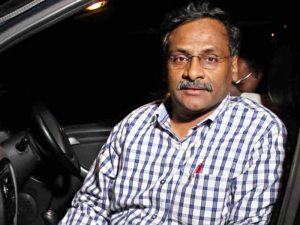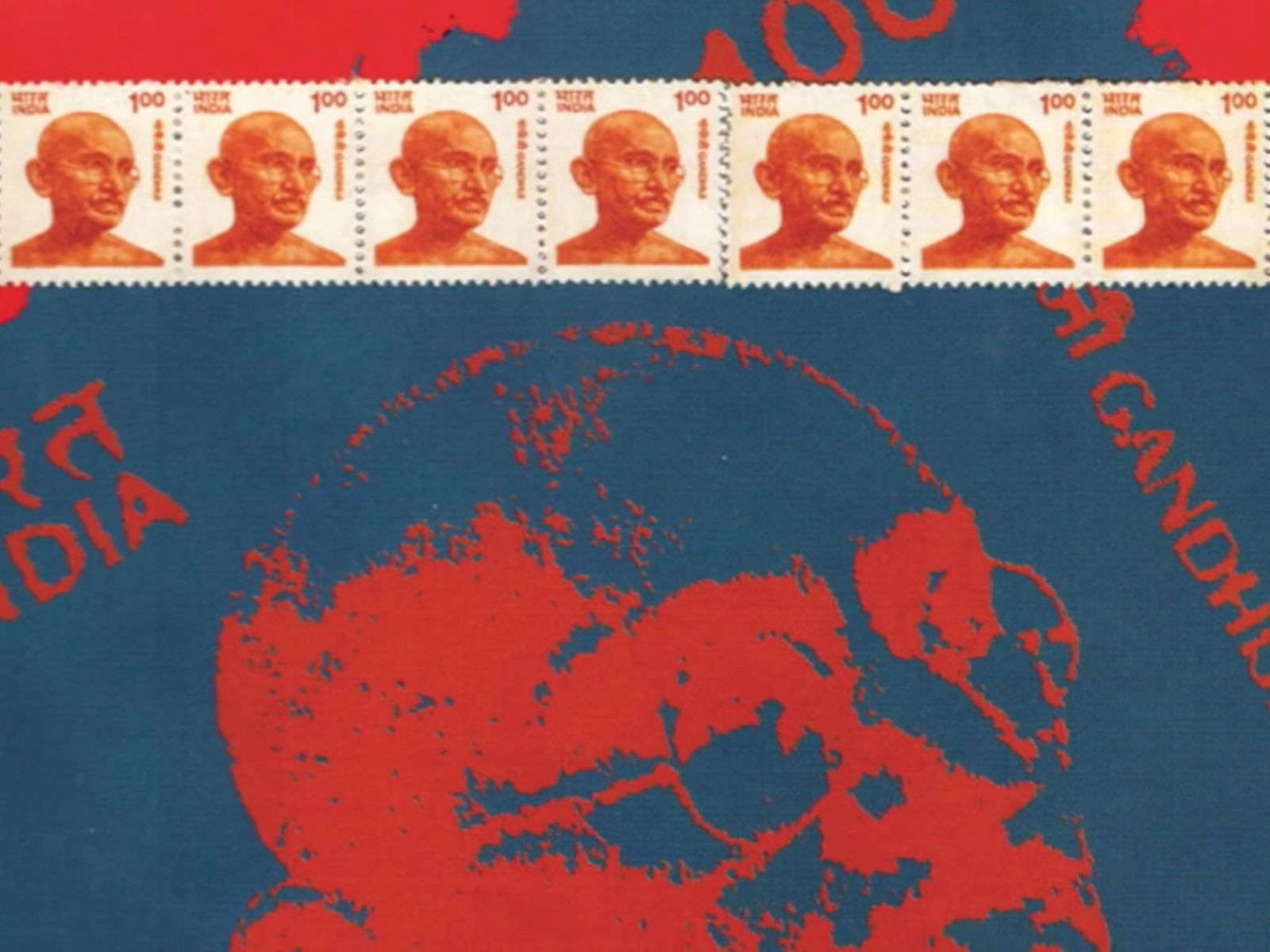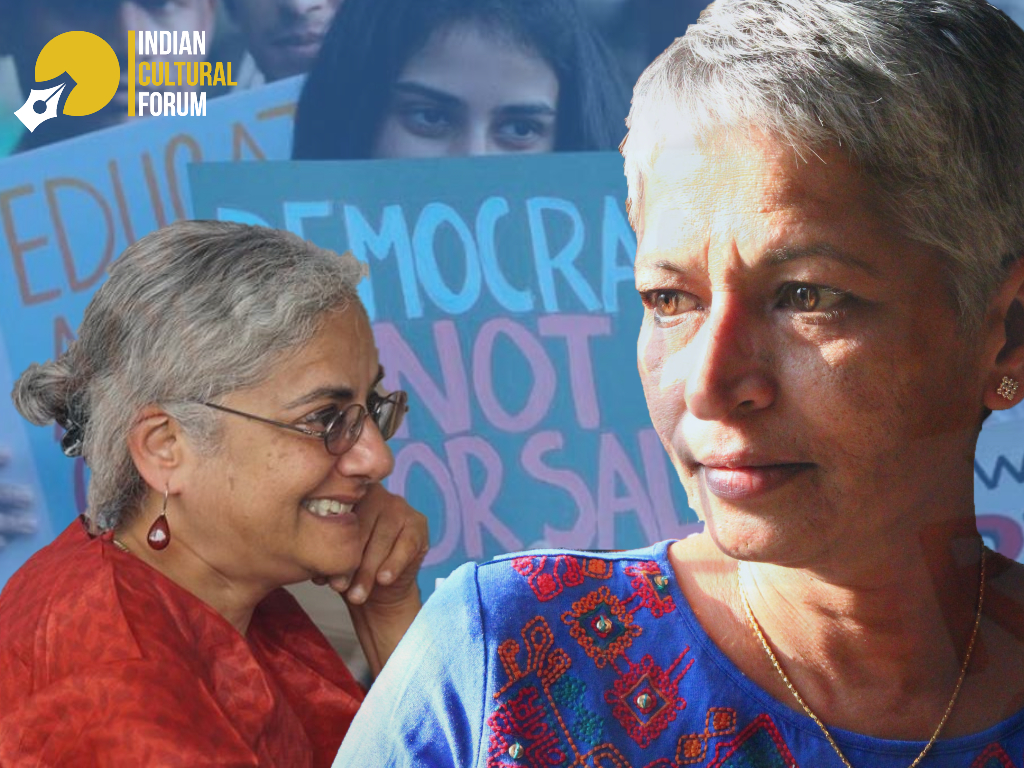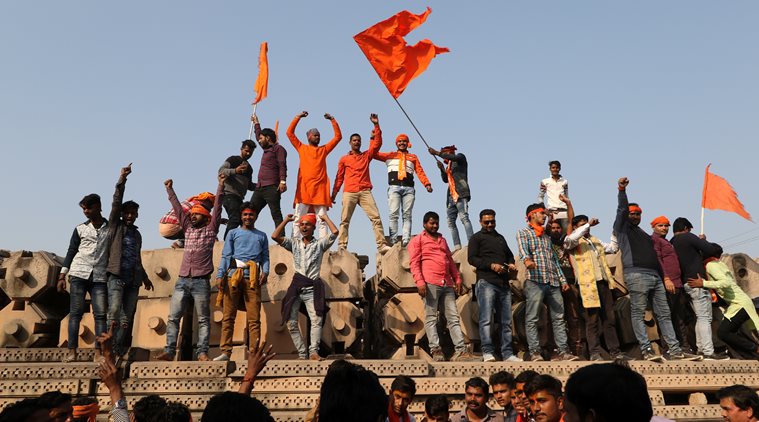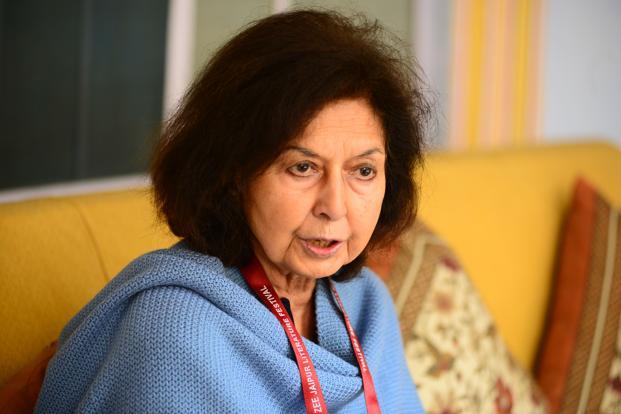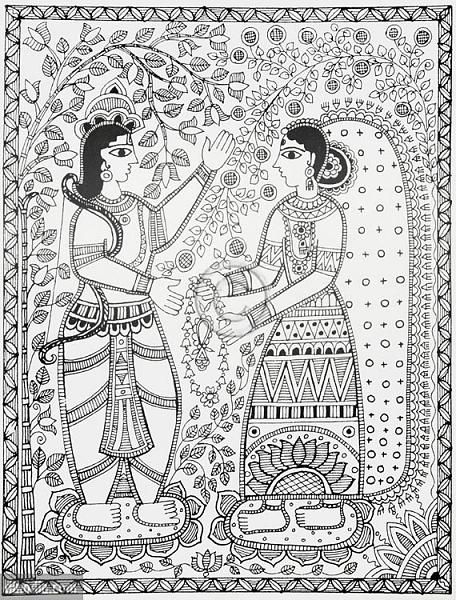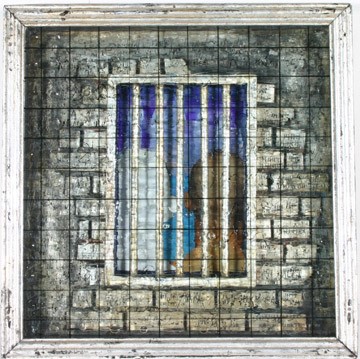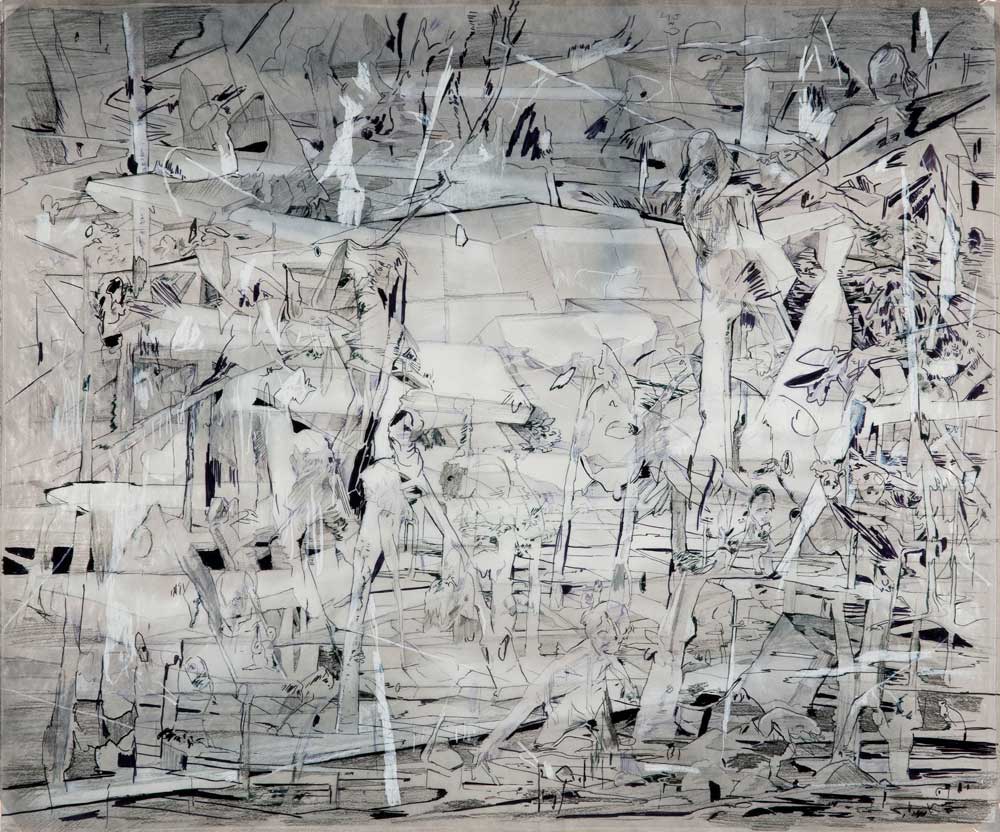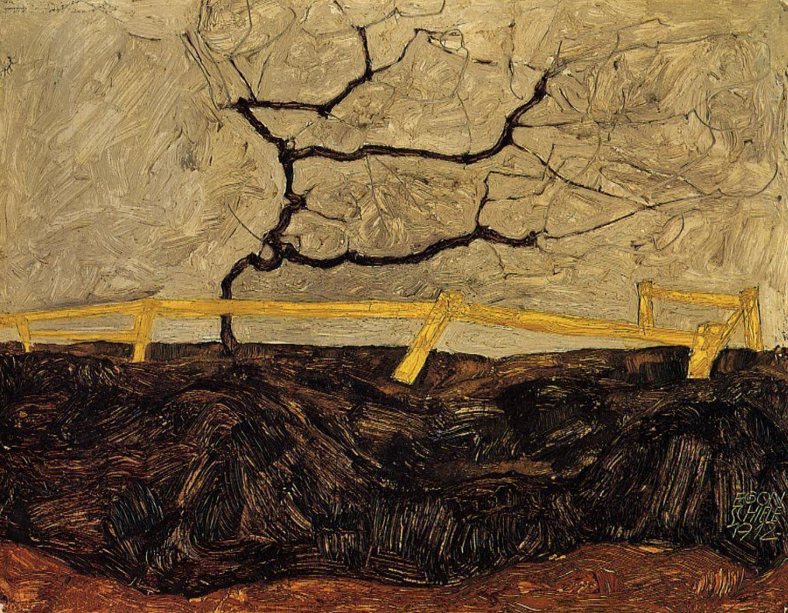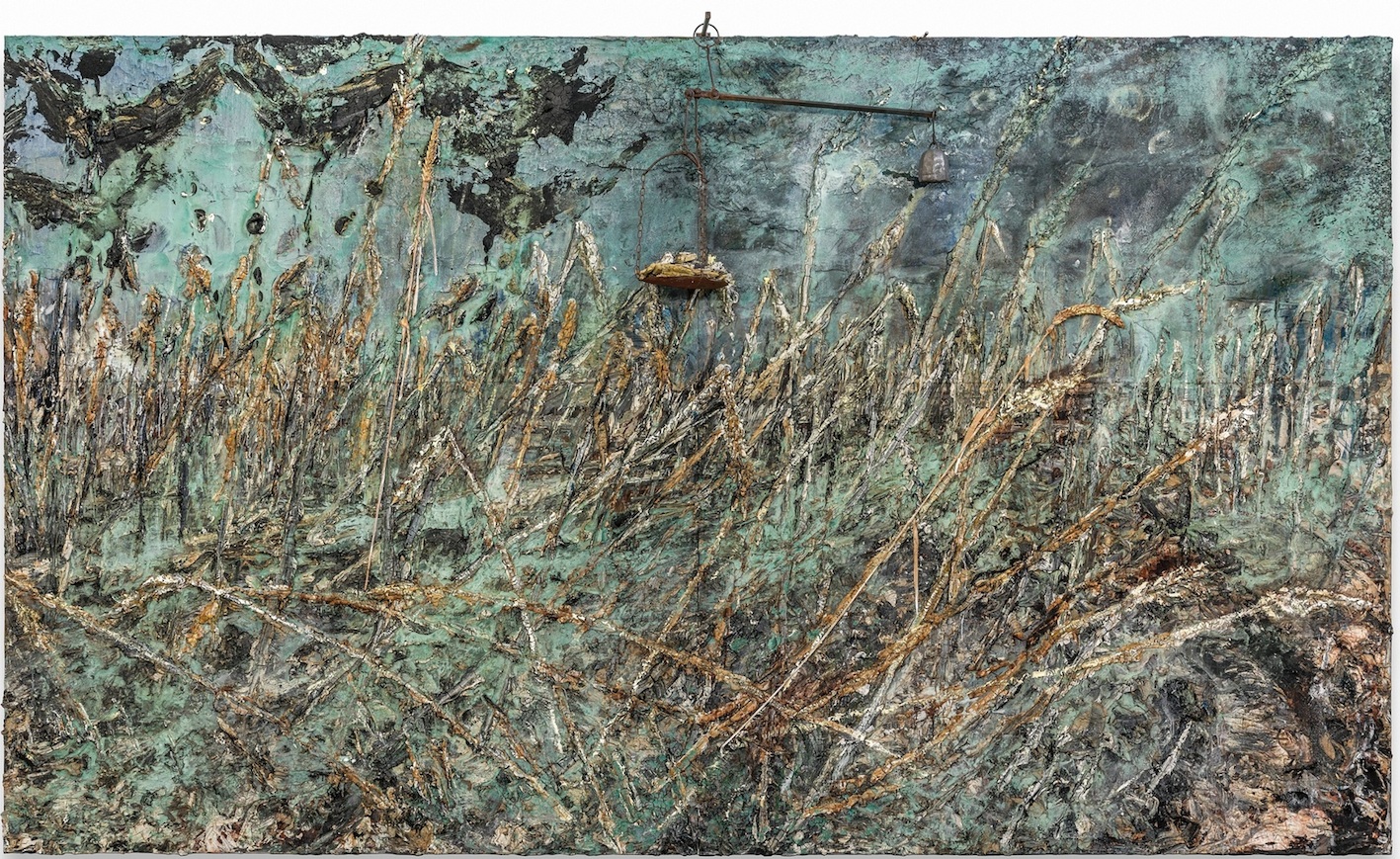TM Krishna‘s (@tmkrishna) Edict Project, in collaboration with Ashoka University was released on 14th October, the day Babasaheb Ambedkar embraced Buddhism.
After the violent annexing of Kalinga, King Ashoka (268 BCE to 232 BCE) underwent a transformation and dharma became the pivot of his royal policy and personal belief. He disseminated these ideas through a novel medium: a series of inscriptions incised on natural rock-faces and on pillars cut: The Edicts of Ashoka. This project renders for the first time in musical form, these simple, brief, personal, and yet profound, abiding and universal Edicts of Ashoka. Sung in the original Prakrit, in a garland of raga-s drawn from the Karnatik Tradition, with English subtitles, they carry the philosopher-emperor’s vision of a humane society into the realm of the arts.
Aparna (@aparnamahiyaria) from the ICF team spoke to the artiste regarding his vision for this project, the process and challenges of undertaking this task, and what message it brings to our own turbulent times.
Aparna: Two of the nation’s iconic symbols, the chakra and the emblem, come from the most famous of Ashoka’s edicts, the pillar at Sarnath. These were used to represent tolerance, truth and non-violence — principles which seem to be long forgotten under the present regime. Can remembering Ashoka through his edicts, be seen as an act of protest, a reminder of why these symbols were chosen to define the nation?
TM Krishna (TMK): We live in turbulent times when hate and violence are dominating our physical and emotional spheres of living. Rediscovering the edicts is no doubt a critique of the present and an act of questioning today’s socio-politics. But it also gives us an opportunity to come in contact with an ethical truth. And I do hope that this moves us enough to realise what we have become.
Aparna: These edicts are in text form and in archaic languages and scripts. Moreover, as you say, they are being rendered musically for the first time. Is there anything about them that lends itself readily for adaptation to the Karnatic music tradition? What were the challenges? Can you speak a bit about the process?
TMK: Philosophically and politically many edicts are in harmony with my own thoughts on personal and public life. But that alone is not enough to enable a musical interpretation. Prakrit is a language I did not know semantically and tonally. Therefore, I had to learn to pronounce and enunciate the text. Buddhist Monk Shravasti Dhammika and linguistic scholar Dr Naresh Keerthi helped me through this entire process of learning and understanding. Since the edicts have been written with variations in different places, Dr Keerthi helped edit them. It is also important that the lyrics must flow in music, so it took me about two months to create this musical interpretation for four edicts. I have composed them in ragas, but I do feel that they can be sung in many other musical styles.
Also see | TM Krishna sings Dama Dam Mast Qalandar
Aparna: While Ashoka turned to Buddhism as a ruler overcome by remorse, Ambedkar’s turn to Buddhism was quite different — it was an act of rejection of oppression by a Dalit, a move towards emancipation. You are bringing these two together by releasing the project on 14th October, the day Ambedkar converted to Buddhism. What connects these two for you?
TMK: Ashoka and Ambedkar are not only separated by time and place. They belonged to contrasting social contexts and had very different political directions. Yet, both sought a society where compassion, justice, equality and ethics are an everyday reality. And hence for me bringing them together through this project was natural.
Aparna: Can you share more about how you have arranged these edicts into distinct sets for release? Is there a thematic choice involved that goes into making the first and subsequent sets? What are the forthcoming sets going to be about?
TMK: I am very glad that Ashoka University has agreed to collaborate on this project. The first release contains four edicts around the theme of justice/dharma. I do hope that through a period of time, we will be able to bring out most of the edicts, especially the ones that have profound social and political resonance. On what textual or musical form the rest of the edicts will take, I would like to remain flexible. The themes or structures that bring edicts together can be their similarity or contrast. This depends on the meaning and lyrical form of each edict.
Aparna: Thank you for talking to us about this very fascinating project. We look forward to any future releases.
